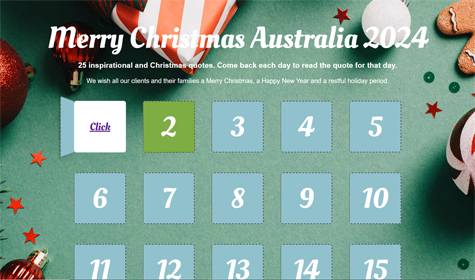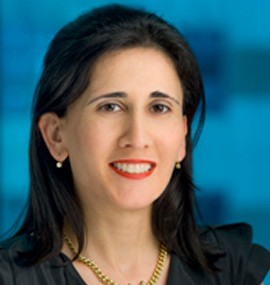Latest News
Tax time guide offers path through 100A
ATO update on trust distributions outlines key features of low and high-risk arrangements.

Straightforward outlines of low and high-risk arrangements under section 100A – including fresh examples – form the core of the ATO’s end-of-financial-year guidance on the trust “tax avoidance rule”.
The two-page 2021-22 tax time guide, released overnight, also includes key points about 100A, outlines of when it may apply – and the consequences if it does – as well as the records trustees should keep.
The ATO says the further 100A guidance is “for tax professionals and trustees to help them manage their obligations for 30 June 2022”.
It follows an outpouring of criticism about the 100A draft ruling and practical compliance guide released in February, which left many in the tax profession uncertain about how to handle longstanding arrangements this year.
The level of concern forced the ATO to extend the deadline for submissions on the draft ruling and issue statements to quell fears over – among other things – promoter penalties and possible retrospective application of 100A.
With a response to the submissions not expected until later this year, the latest update aims to be a ready reckoner for “the majority of small business trust arrangements” which “present a very low risk of section 100A applying”.
These arrangements include “nothing more than the presently entitled beneficiaries receiving their entitlement, or controllers reinvesting the profits of the trust into the working capital of the business”.
The guide says allocating trust income to beneficiaries and their paying tax at their own rates is “usual” and “100A does not apply where the beneficiary simply receives or enjoys the benefit of their distribution”.
However, “where one person receives a benefit from the trust but another is made presently entitled to income and assessed”, that represents a reimbursement agreement and 100A applies.
While a reimbursement agreement can involve a family member, the guidance says exceptions are made for arrangements “entered into in the course of ordinary family or commercial dealing”.
On this key concept, the guide refers back to the draft ruling from February.
However it does include one fresh example of a loan with no reimbursement agreement:
“Thomas is attending university while living at home. His parents have loaned him money to purchase a car and pay for his university fees.
“At the end of the income year, he is made presently entitled to trust income. The trust applies Thomas’ income to repay the loan advanced by his parents.”
Low risk, high risk
It says common arrangements in the low-risk (colour-coded green) zone also include when:
“A beneficiary simply uses their entitlements to benefit themselves, their spouse and dependents, or
“In most cases, the beneficiary’s entitlement is retained by the trustee for use in commercial or income earning operations of the trust, provided that either:
– the beneficiary is employed in managing the business conducted by the trustee.
– the beneficiary (or their spouse) controls the trustee.
– the beneficiary is a private company that enters into a loan agreement with the trustee that complies with Division 7A.”
On the other hand, high-risk or red zone arrangements “commonly have elements of contrivance, undue complexity, or other features that do not show a commercial or family-based reason, but instead a motivation to shelter income from high rates of tax.”
It offers the example of a student with no sources of income who is made presently entitled to $180,000 and agrees to pay their parents that amount (less tax) “to reimburse their parents for the costs their parents incurred when the student was a minor”.
If 100A does apply, the beneficiary’s entitlement is disregarded and the trustee is assessed on that income at the top marginal rate.
Record keeping
The guidance says good record-keeping to explain transactions will help support a particular position.
“It is acknowledged that intra-family arrangements are typically conducted with a greater level of informality than commercial dealings that are conducted by unrelated parties.
“Nonetheless, to the extent possible, the trustee or their registered tax agent should maintain contemporaneous records that demonstrate the objectives an arrangement was intended to achieve and how it helped to achieve them.”
However, while records will help in the event of a review, each arrangement depended on its facts.
“Trustees who think section 100A may apply to their affairs should speak to their registered tax professional for advice,” says the accompanying release. “They can also apply for a private ruling or contact the ATO using the process set out in the draft practical compliance guidelines.”
Philip King
21 June 2022
accountantsdaily.com.au































